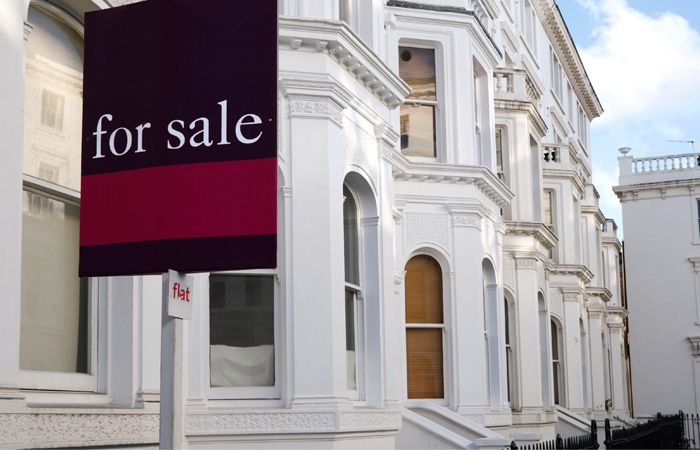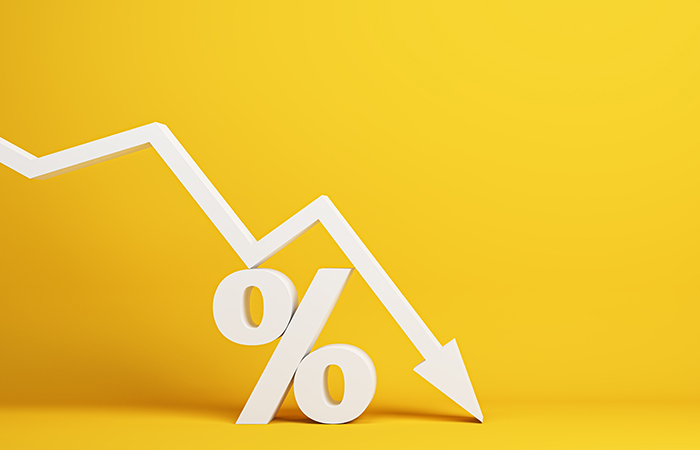
Annual house price growth across England and Wales slowed to 4.1% in October, but some hotspots such as Blackpool saw substantial gains with prices up 16.9% year on year, the latest index from e.surv reveals.
At a national level, the average house price reached £335,325, up by 1.4% from September.
Wales saw the strongest increases, with prices up by 10.8% compared to October 2020, reaching an average of £220,582.
The North West also continued to outperform, with prices up by 6.9% year on year.
London growth remained the weakest of any region, with prices up by 1.9% compare to last year, reaching £651,901.
But prices in the capital dipped by 0.5% compared to September.
E.surv director Richard Sexton says: “The complexity of the UK residential property market is evident in the varying regional performance.
“It aptly illustrates why talk of national average house prices can be unhelpful at a micro-level.
“While Wales continues its strong performance annually, regional annual house price performance in England has revealed that the north-west, and within it specifically Blackpool at a staggering 16.9%, has comfortably outperformed the rest of the country.
“This means that for five of the last eight months the North West has been at the top of our regional league table in terms of having the highest rates of annual house price growth and it continues to have the highest rate of growth of the nine regions in England.
“The factors that have spurred the growth seen in Blackpool also affect other areas in the region.
“Warrington and Merseyside had the second- and third-highest growth in the North West over the year.
“All property types in these areas saw an increase in values over the year, but especially the prices of semi-detached homes which were up by £25,000 and £16,000 respectively.
“At a macro-level, the decision this month to hold interest rates will support buyers considering a home-move imminently and with a voting margin of 5-2 to hold, there is speculation that it is unlikely we will see any rise before the first quarter of 2022.
“The Bank of England is clear that it expects inflationary pressures to lessen – National Insurance tax rises due in April next year may already be having a desired effect.
“The Office for Budget Responsibility is now forecasting low but positive rates in 2022 and into 2023, with a steady increase in subsequent years which means borrowers should feel confident about buying – particularly with continued government support for 95% LTV lending which will support prices.”



